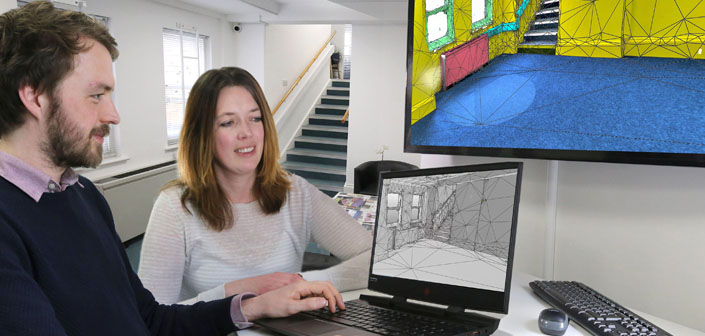Pointfuse laser scanning software is helping a global construction services company, ISG, to maintain high levels of accuracy with BIM modeling, and significantly reduce time spent scanning scenes to create accurate 3D models.
For a few years now, we’ve written a few articles about the Pointfuse software, which allows users to take point cloud datasets gathered from, for example, lidar scanners and create an intelligent 3D model. This generated model comes with separable objects that can be manipulated independently, provides consistency of output with measurable accuracy metrics, and works with a wide range of popular CAD software solutions.
ISG is no stranger to the use of lidar scanners, including the Faro M70, to capture accurate site or as-built conditions and analyze point cloud data to support BIM delivery and 2D design. According to the company, with Pointfuse added to its workflow, what would take up to three days with traditional methods, such as creating a 3D model of a single floor, now only takes a few hours.
Moreover, the software also helped to increase the range of the point cloud outputs with applications including clash detection and visualization. Also, by allowing users to identify, group and classify surfaces within the 3D model, Pointfuse provides ISG professionals with a way “to work with only the data they require for a specific application, realizing additional time savings and efficiency gains”.
Furthermore, each surface in a Pointfuse 3D generated model has its data density reduced (without affecting the models’ fidelity), ending up with a significantly reduced file size. This helps to make ongoing use of the model easier, faster and more efficient.
“Using Pointfuse we can create intelligent 3D mesh models in a fraction of the time,” commented Ben Callan, BIM Coordinator in ISG’s UK Fit Out business. “This accelerated modeling and reduced risk of error contributes to a direct reduction in costs when compared against traditional methods of modeling and point cloud data analysis. The easy to use, easy to consume outputs are also paving the way for new applications of the data including existing versus design clash avoidance and checks of temporary works against required construction activities.”






